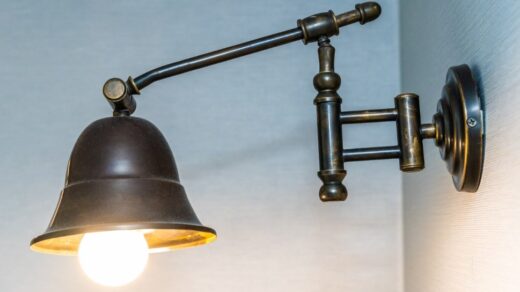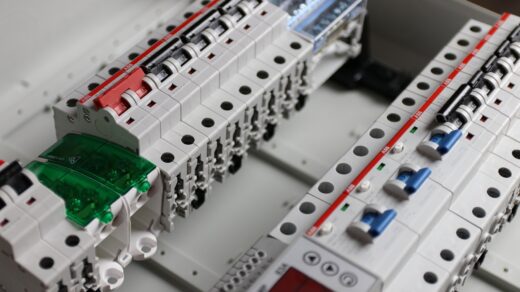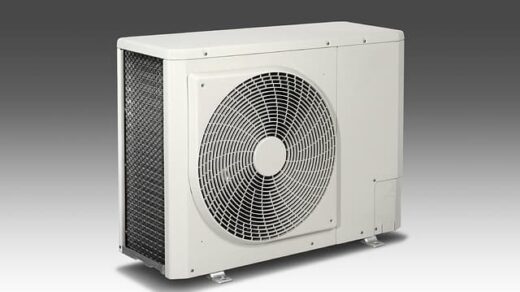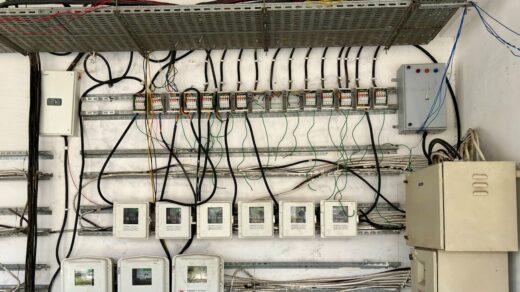Electricity is an integral component of contemporary living, fueling everything from lighting to appliances. However, have you ever pondered the quantity of electrical circuits present in your residence and the rationale behind this?
In this extensive guide, we embark on an exploration of the realm of electrical circuits within your dwelling. We’ll delve into methods for ascertaining the quantity of circuits at your disposal and underscore the significance of maintaining an adequate number to cater to your household’s electrical prerequisites.
The Role of Electrical Circuits
Before delving into specifics, it’s essential to comprehend the foundational role of electrical circuits. Visualize an electrical circuit as a self-contained pathway through which electricity flows.
Typically, each circuit is dedicated to serving a specific region or set of appliances within your household. Numerous circuits are pivotal for several reasons:
- Safety: Circuits are meticulously designed to counteract overloading, a phenomenon that could lead to circuit breakers tripping, appliance damage, or, in the gravest scenarios, electrical fires;
- Convenience: Allocating dedicated circuits to essential appliances such as refrigerators, ovens, and computers guarantees a stable and uninterrupted power supply;
- Efficiency: Multiple circuits efficiently distribute electrical loads, thus averting voltage drops and ensuring a steady power supply throughout your residence.
With the importance of circuits firmly in our grasp, let’s delve into the most common queries related to them.
Determining the Quantity of Circuits in Your Home
To unveil the number of electrical circuits your home boasts, follow these steps:
- Examine Your Electrical Panel: Your electrical panel, frequently situated in the basement or utility room, is home to the circuit breakers. Each breaker is typically labeled to signify the area or appliances it caters to;
- Tally the Circuit Breakers: Every circuit within your household should correlate with a corresponding circuit breaker. Tally up the number of breakers present in your electrical panel to discern the total count of circuits;
- Review the Labels: Scrutinize the labels affixed to the circuit breakers, as they often divulge the corresponding areas or appliances linked to each circuit. These labels can enhance your comprehension of circuit distribution within your home.
Reset electrical outlet easy without reset button: find out here How to Reset Electrical Outlet Without Reset Button: A Guide.
Significance of Multiple Circuits
Residences typically feature a multitude of circuits. Indeed, an array of circuits is indispensable to guarantee equitable electrical distribution and prevent overloading. The precise quantity of circuits can fluctuate based on the size of your abode, its electrical requisites, and the stipulations laid down by local building codes.
Prevalence of Multiple Circuits in Homes
Residential properties generally come equipped with a multitude of circuits. The specific number of circuits can fluctuate contingent upon the dimensions of your residence, its electrical requirements, and the regulations laid down by local building codes.
Check out more explanation in this video
Assessing Your Electrical Panel’s Capacity
The count of circuits present in an electrical panel can diverge, but it’s routine to encounter panels designated for residential use with anywhere between 20 and 40 circuit slots. These slots are intended to accommodate individual circuits, which are the lifeblood of various segments within your abode.
Signs Indicating the Need for Extra Circuits
Numerous indicators suggest that your household may necessitate additional circuits:
- Frequent Circuit Breaker Trips: Frequent tripping of circuit breakers signals overloading, often due to an excessive number of appliances drawing power from a single circuit;
- Dimming or Flickering Lights: Illumination that wanes or flickers upon appliance usage may indicate that lights share the same circuit as the appliances, thereby hinting at circuit overloading;
- Warm or Discolored Outlets: Outlets that emanate warmth or exhibit discoloration might be overheating due to circuit overloading;
- Inadequate Power Supply: Inadequate power supply is evident when electricity doesn’t meet your daily requirements, a clear sign that additional circuits are imperative;
- Safety Concerns: If concerns pertaining to the electrical system’s safety surface, prompt attention is necessary. Consulting an electrician to evaluate your system and suggest requisite adjustments is paramount.
The Process of Incorporating Additional Circuits
Determining that your abode requires supplementary circuits typically necessitates the following procedures:
- Consult a Professional: The domain of electrical work is one where a certified electrician should assume charge. These experts can evaluate your dwelling’s requisites and guarantee that work is carried out in compliance with safety norms;
- Load Calculation: An electrician undertakes a load calculation to pinpoint your residence’s precise electrical necessities, taking into account all appliances and devices to ascertain the appropriate number of circuits;
- Panel Upgrade: If your existing electrical panel is antiquated or lacks space to incorporate supplementary circuits, an upgrade is usually in order;
- Incorporating Fresh Circuits: Electricians are adept at introducing new circuits as the need arises. Their proficiency ensures that the circuits are correctly wired and safeguarded by the suitable circuit breakers.
Conclusion
Unveiling the quantity of electrical circuits at your disposal is paramount for securing the safe and effective distribution of electricity within your household. Moreover, it plays a pivotal role in averting overloads, circuit breaker trips, and electrical perils.
Should electrical issues surface or the need for extra circuits arise, it is recommended to engage a professional electrician. Your home’s electrical infrastructure is an indispensable component of daily life, and attending to its prerequisites is crucial for safety and convenience.








